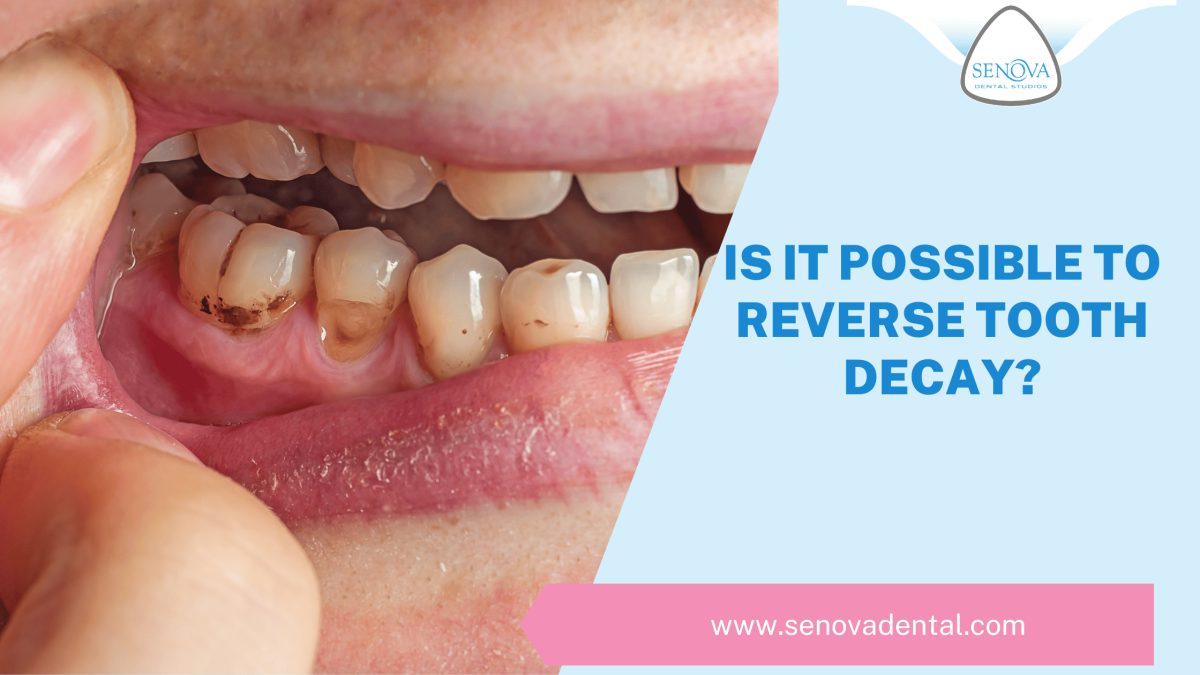What can cause you to have a filling?
A good question to which there are several answers.
Too much sugar in your diet can cause a build up of plaque – the white sticky film of bacteria that sits on the tooth or teeth. If this is not efficiently removed by tooth brushing and flossing the bacteria attacks the enamel and causes a hole. This is what is commonly known as tooth decay. A poorly constructed filling can also cause a collection of plaque/bacteria, again creating an attack on this area. Another possible cause can be a natural imbalance in the ph of your saliva which can lead to softening of the enamel leaving it prone to acid attack which causes decay.
This article is written by Dr Jay Padayachy of Senova Dental Studios, Watford.
Keeping your mouth and your teeth clean
Keeping your mouth and your teeth clean with regular brushing can prevent you from having a filling. Regular visits to your dentist and hygienist will also assist with your oral hygiene. Unfortunately, neglected teeth may lead to decay. Decay is the formation of a hole in the tooth or teeth. Decay starts in the enamel and you may not experience any pain at this point. However, as it spreads to the dentine and finally to the nerve of the tooth a lot of pain can be experienced. This will lead on to a visit to the dentist for a filling or even a root filling (where the nerve of the tooth has to be removed). There are two options for fillings – silver or white.
Replacing silver fillings
Anyone with a silver filling, visible when you smile or laugh, would probably think of having it replaced. We all desire a perfect set of white teeth. This could include having all of the silver fillings removed and replaced with directly placed white ones. The end product is a white, bright, clean smile. But beware, this may incur some sensitivity as directly placed white fillings contract slightly in the mouth as they set, causing more fractures. Thus, are white fillings worth the pain and trouble they can cause?
The answer is not always.
What are white fillings?
White fillings can make a vast improvement to the appearance of teeth but patients need to be aware that they have their limitations. They were never designed to replace large silver fillings. Some patients opt for replacing their silver fillings with white fillings, when they’re not suitable. The composite used in white fillings is not strong enough to fill large areas of a tooth. As the composite material sets in the mouth it shrinks slightly which can create a very small gap. If the filling contracts away from the next tooth, this will allow food to get trapped between these neighboring teeth. If it shrinks between the filling and the tooth itself then bacteria and food will work their way down between this junction and cause it to fail.
Can white fillings be made any size?
The bigger the size of the white filling, the more chance there is that the pressure of biting will cause the weakened tooth to fracture. This can lead to sensitivity and pain when drinking and eating, more usually associated with tooth decay. But when these teeth are x-rayed there can often be no sign of any problems.
Not all is lost with white fillings. There is an alternative and that is an inlay. These forms of inlay can be made from porcelain or reinforced composite materials. Not only do they look beautiful but being bonded to the tooth, they can reinforce and strengthen the remaining tooth structure thus minimising the removal of any remaining sound enamel as would be required for a conventional crown preparation
So why don’t dentists offer this? It’s a matter of cost. White fillings are cheaper and tooth coloured inlays are more expensive. But inlays in the long term will last longer, are stronger and so better for your mouth.
- 5 Hours in surgery and a Few Weeks of Mashed Vegetables But This Lady’s Implants Were Totally Worth It - December 17, 2014
- Cleaning your teeth with an electric tooth brush - February 26, 2014
- Information and advice about white fillings - January 16, 2014





